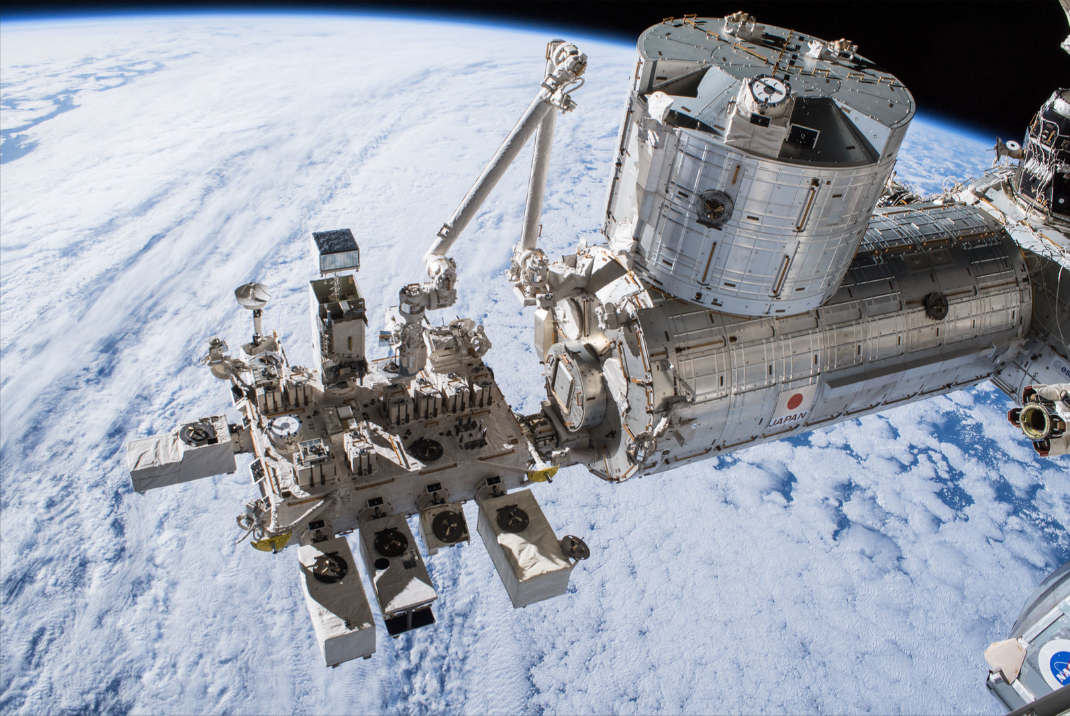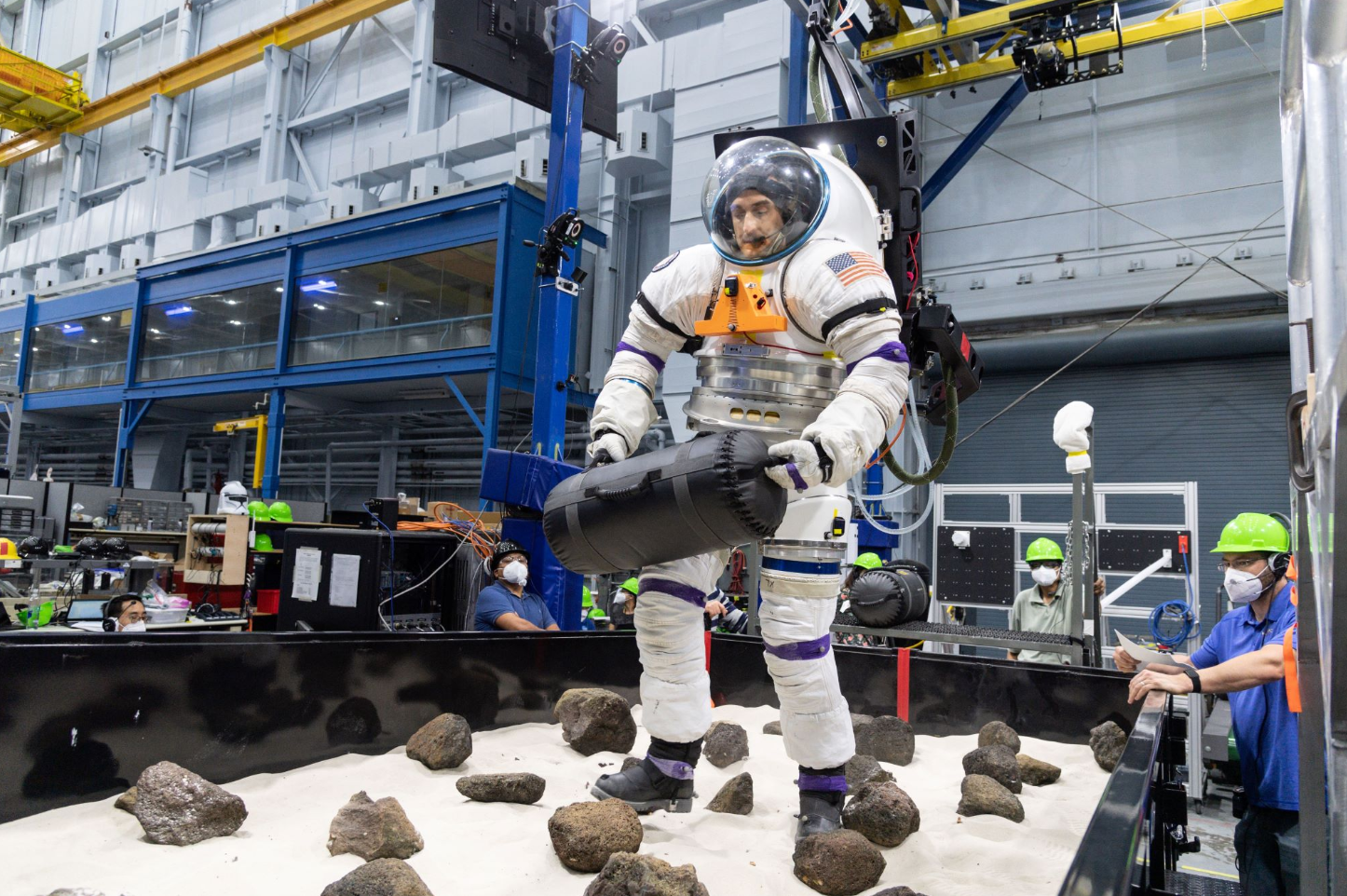Station Science Top News: April 15, 2022
Scientists analyzed measurements taken by the International Space Station’s CALorimetric Electron Telescope (CALET) experiment during a weak geomagnetic storm in 2016, finding that significant radiation belt depletion during the storm can be attributed to electromagnetic ion cyclotron, or EMIC, waves. This helps scientists understand the complex mechanisms of Earth's radiation belt, which satellites and future deep space explorers must contend with.
Two radiation belts filled with electrons and other charged particles surround Earth. During periods of intense space weather, the density and energy of radiation belt particles can increase and pose a danger to astronauts, spacecraft, and even technologies on the ground. The measurements taken by CALET were of relativistic electron precipitation (REP), a space-weather phenomenon often seen at Earth’s high latitudes. This is one of the primary ways the radiation belt loses electrons. However, the contribution of EMIC-wave-caused REP to the radiation belt depletion is still debated. Therefore, the fact that this study indicates that the REP event detected by CALET was likely driven by EMIC waves, and that the observed radiation belt depletion can be attributed to the EMIC waves, is an important result.

The Kibo laboratory module from the Japan Aerospace Exploration Agency was pictured as the International Space Station orbited over the southern Pacific Ocean east of New Zealand. Credits: NASA
***
A recent space station study found that the astronauts who showed increased asymmetry between right and left back muscle composition, differences between spinal segments, and drastic changes in quality and structure of the muscles between preflight and postflight also reported more back pain. Data like this can help develop countermeasures to ensure astronauts remain healthy during deep space missions.
To gain these insights, the Intervertebral Disc Damage research team statistically combined multiple MRI measures of muscles that support your back to correlate with the presence of low back pain symptoms. These results also demonstrate that advanced statistics, which integrate multiple measurements effectively, can help identify complex relationships in large imaging datasets.

***
NASA scientists are working to determine how soon after landing astronauts can perform mission-critical tasks. Researchers designed an obstacle course for astronaut volunteers from the Crew-2 and Crew-3 missions to navigate. Information gained will help design mission activities, spacesuits, and capsules that minimize difficult tasks in the first days after a landing on the Moon or Mars.
NASA’s Human Research Program is studying how to adapt tasks to these difficulties. Before departing to the International Space Station, crew members ran through two sets of tasks: emerging from a mock landing capsule and a simulated spacewalk on a planetary surface while wearing a spacesuit. Then, immediately upon returning to Earth, the same crew will attempt to complete these same tasks.

A volunteer from NASA’s Artemis Extravehicular Activity training group moves a 30-pound object through a boulder field while in a spacesuit and connected to NASA’s Active Response Gravity Offload System, or ARGOS. He is conducting a trial run through an obstacle course while ARGOS lifts him and the suit in a way that simulates gravity similar to that on Mars. Some astronauts will work through this obstacle course immediately after returning to Earth so that researchers can learn more about how mission-ready a crew can be after landing on a planet’s surface. Credit: NASA







